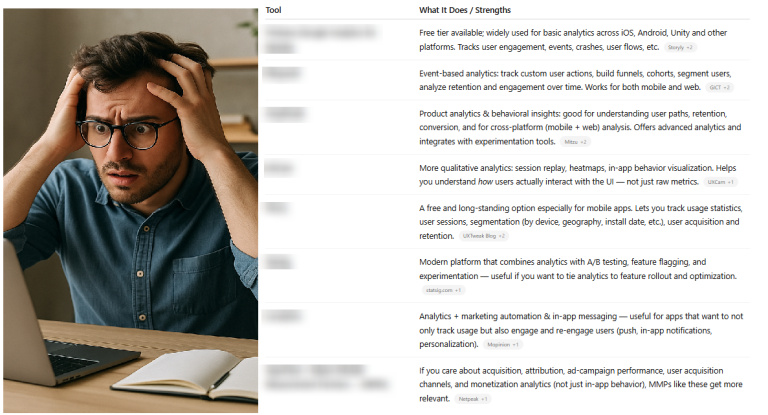Navigating the Growth Plateau: When Customer Acquisition Becomes a Challenge
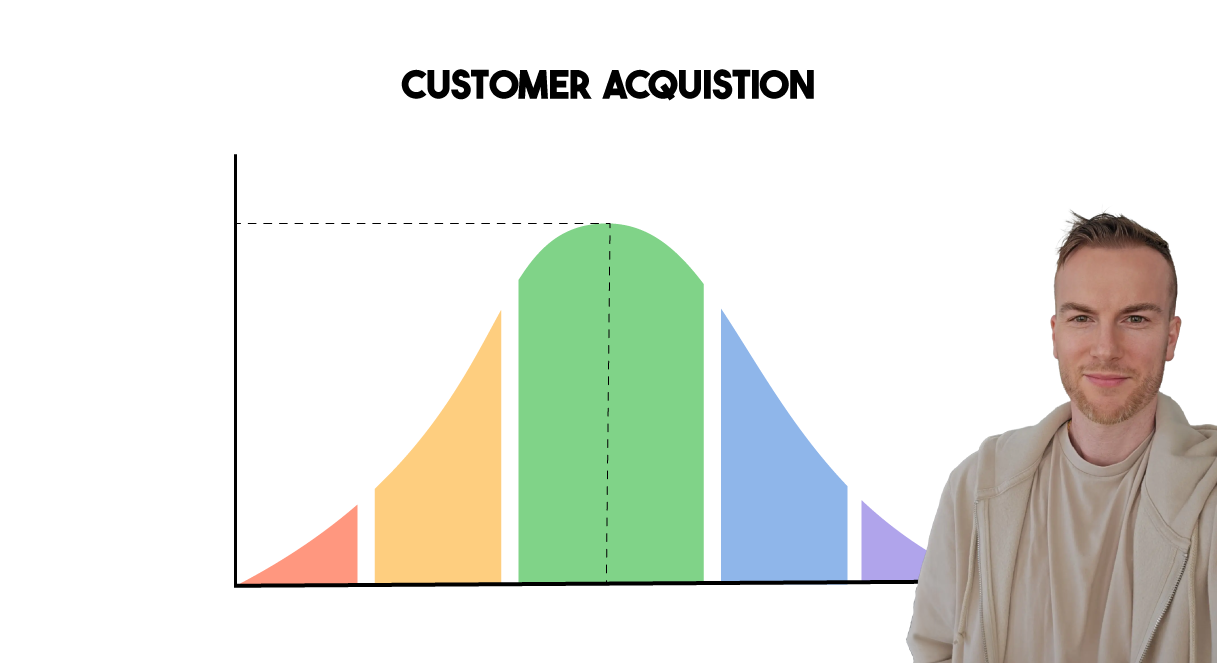
For many companies, their growth looks something like this chart.
In the beginning, you don’t have a large budget to acquire new customers.
But as you increase revenue or raise more funds, and your sales & marketing becomes more efficient, you understand your ICP better, you are better positioned, etc. you acquire more customers.
As you put in more spend, your customer acquisition is relatively easy.
From here, things really start to ramp up. You have traction and feel you are carving out a meaningful size of the market. You continue to increase spend and it’s paying off. You acquire more and more customers.
But there’s no such thing as infinite growth.
At some point, you reach a plateau – a point of diminishing returns at which you have maximized your efforts.
It seems everyone who wants your product has it, and it becomes harder and harder to find new customers who don’t know about your product, and who need it.
New customers are so expensive to acquire that it no longer makes economic sense.
Competition has also ramped up. New “cool” companies enter
the market – they have new features, more integrations, fresh user interfaces, hip / edgy marketing teams who have everyone talking.
You naturally look over the fence and obssess about what they are doing. Their UI looks better. Their website looks better. They’re cheaper.
Your product is starting to feel outdated, underpowered, expensive, and uncool.
What do you do?
At first, you double down on what you’ve always done to acquire customers. You spend more. More blogs. More ebooks. More conferences. More webinars….
But it’s all for naught. Nothing seems to be working. In fact, customers are starting to leave your platform in droves.
Senior leadership gets angry and looks to point blame. People are fired. The culture is destroyed. People are discouraged, frustrated, and afraid. New talent is brought in, a new direction, a brand refresh is underway…
But will it work, or is it too late?
Here are your options:
👉 Eliminate distractions and focus more on operational efficiency and serving your existing customers as best you can. That means not focusing on new acquisition, pressing pause on new feature development, and remaining on defense for as long as you can (protect what you have).
👉 Enter a new category.
👉 Do an M&A.
👉 Reinvent (do something radically different to appeal to a new user base).
👉 Nothing.
The best advice is to recognize ahead of time and make the necessary adjustments along the way so that you can continue to compete.
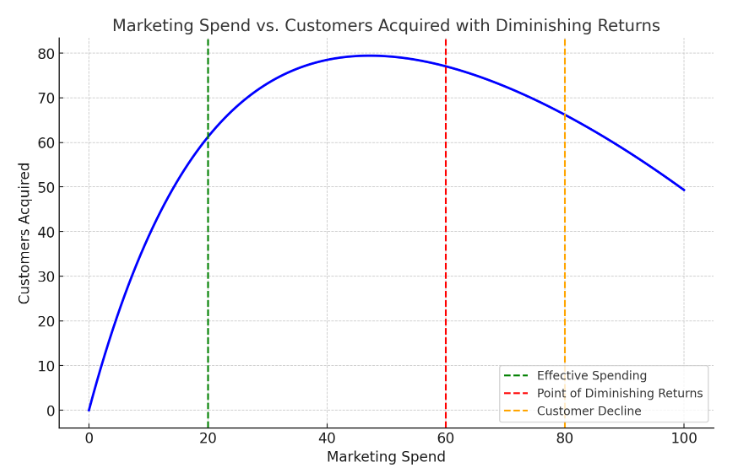
Here’s the graph illustrating the relationship between marketing spend and customer acquisition:
- Early Growth: As you increase spending, the number of customers acquired rises significantly.
- Diminishing Returns: Eventually, the return on investment starts to decrease (red line), meaning more money brings fewer additional customers.
- Customer Decline: Beyond a certain point, additional spending leads to customer loss (orange line), possibly due to market saturation, poor targeting, or oversaturation.


What Brands Can Learn from Subcultures to Create Brand Loyalists
The importance of subcultures for youths cannot be overstated. These groups offer identity, belonging, and community—elements that are just as crucial for brands seeking to build loyal followings. By taking lessons from subcultures in authenticity, community building, and differentiation, brands can create lasting connections with their audiences.
Building brand loyalists isn’t just about selling a product—it’s about creating a sense of belonging and purpose. It’s about recognizing that in a world where conformity is often the norm, those who celebrate individuality and cultivate genuine communities will stand out. Just as subcultures provide a refuge for those seeking to find their tribe, brands that foster real connections will turn customers into loyal advocates who champion their message far and wide.
That sense of community could be the difference between a one-time transaction and a lifetime of loyalty.
- Related post: The T-Shirt Theory of Branding
- Related post: The Power of Branding: John’s Family Premium Organic Garlic
- Related post: Why You Don’t Want to Run a Business that Relies Solely on Ads
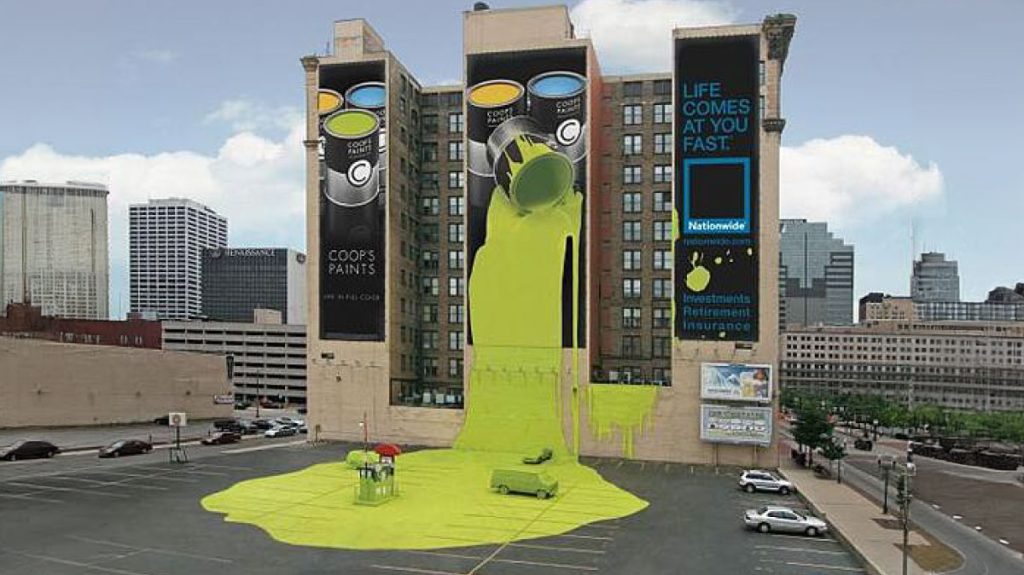
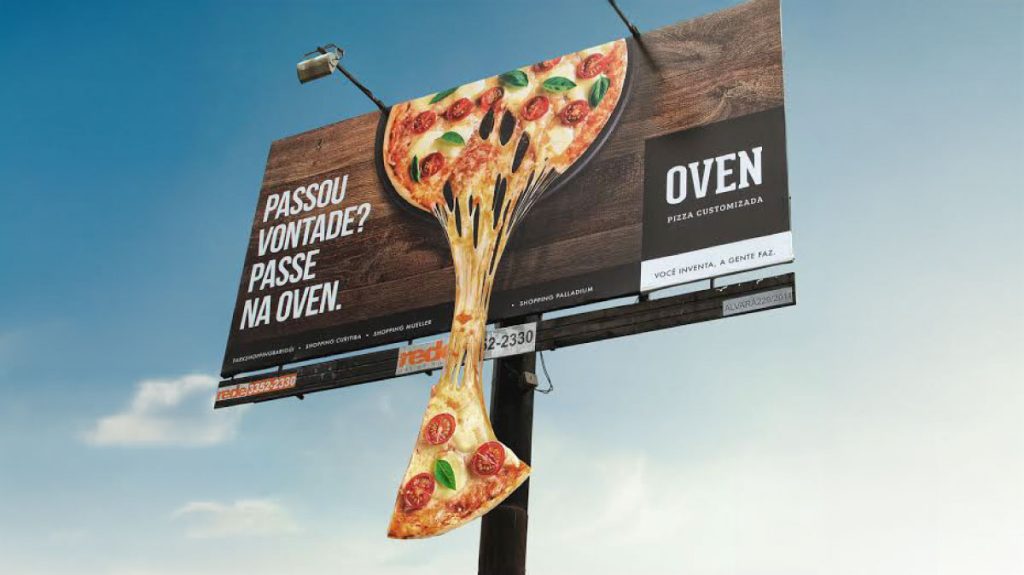
Continue reading: What’s the ROI of a Billboard







